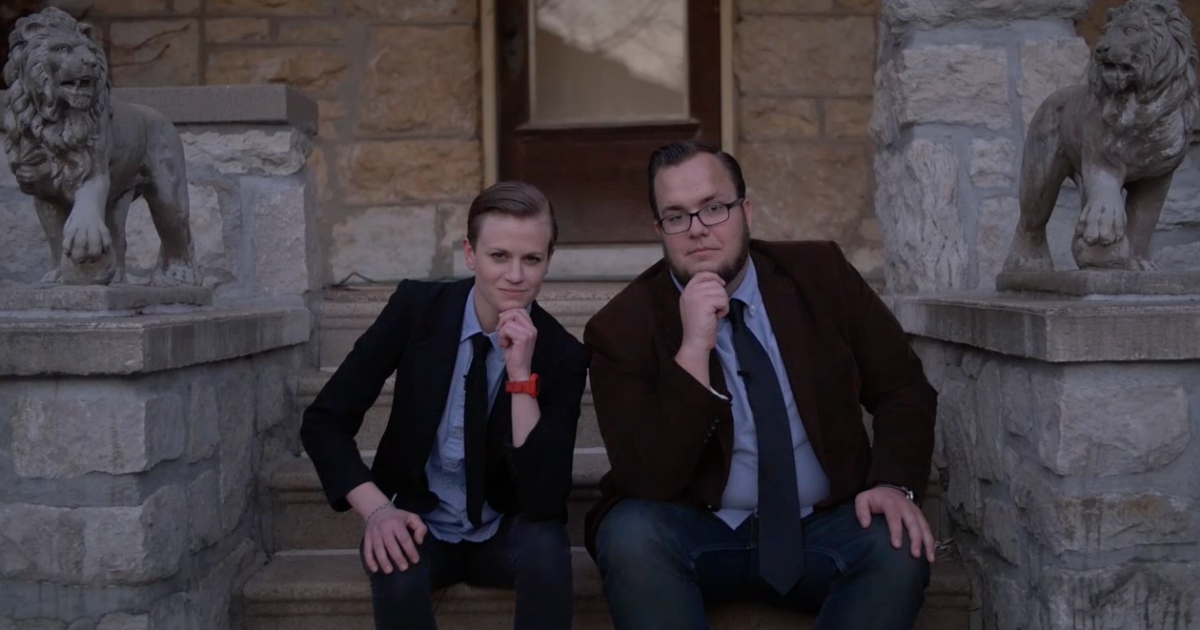The breaking of quiet is an intriguing phenomenon that affects both our inner worlds and the environment around us. It’s not just about sound; it’s about moments when silence is interrupted, revealing deeper truths. Whether in nature, relationships, or personal introspection, the disruption of quiet can signify transformation, revelation, or even conflict. This concept resonates with everyone, as it challenges us to reflect on the importance of silence in our lives. As we delve deeper into this topic, you’ll discover how embracing quiet—or understanding its absence—can lead to profound personal growth.
In a fast-paced world dominated by noise, the breaking of quiet serves as a reminder of the power of stillness. From bustling cities to serene forests, silence plays a crucial role in shaping human experiences. Yet, when that silence is shattered, it often sparks curiosity and introspection. This article explores the nuances of this phenomenon, offering insights into why quiet matters and what happens when it is broken. By examining real-life examples and expert opinions, we aim to provide valuable information that resonates with readers seeking meaningful answers.
As you read further, you’ll find practical advice, thought-provoking questions, and actionable tips to help you navigate the complexities of silence and disruption. Whether you’re looking to enhance mindfulness, improve communication, or simply understand the world better, this article offers a comprehensive look at the breaking of quiet. Let’s embark on this journey together, uncovering the hidden depths of silence and its impact on our lives.
Read also:Spiderman Homecoming 2 A Comprehensive Look At The Marvel Cinematic Universes Iconic Hero
What Exactly Is "The Breaking of Quiet"?
To truly grasp the essence of the breaking of quiet, we must first define what quiet means in different contexts. Quiet isn’t merely the absence of noise; it’s a state of calmness, reflection, and presence. When this state is disrupted, it can evoke strong emotions, spark creativity, or even lead to conflict. For instance, imagine walking through a tranquil forest where the only sounds are birds chirping and leaves rustling. Suddenly, a loud crack echoes through the trees—a branch breaking or perhaps a distant thunderclap. That moment of disruption forces you to pause and reassess your surroundings.
Similarly, in human interactions, the breaking of quiet can manifest as a sudden outburst during a peaceful conversation or an unexpected revelation in a moment of silence. These interruptions challenge us to confront truths we might otherwise ignore. By understanding the nature of quiet and its breaking, we gain valuable insights into ourselves and the world around us.
Why Does The Breaking of Quiet Matter?
Understanding the significance of the breaking of quiet requires exploring its psychological and emotional implications. Research shows that prolonged exposure to silence can enhance focus, reduce stress, and promote mental clarity. However, when that silence is broken, it triggers a cascade of reactions in the brain. These reactions can be positive, such as inspiration or motivation, or negative, like anxiety or discomfort. The key lies in how we respond to these disruptions and what they reveal about our inner states.
For example, consider a writer struggling with writer’s block. The quiet of their workspace might feel suffocating, but the breaking of quiet—perhaps through music or conversation—can reignite their creativity. In contrast, someone meditating may view the breaking of quiet as an unwelcome distraction. Both scenarios highlight the dual nature of quiet and its breaking, emphasizing the importance of context and perspective.
How Can You Embrace The Breaking of Quiet?
Embracing the breaking of quiet involves cultivating awareness and adaptability. Instead of resisting disruptions, try to see them as opportunities for growth. Here are a few strategies to help you embrace the breaking of quiet:
- Practice mindfulness: Train yourself to stay present during moments of disruption. This allows you to observe without judgment and respond thoughtfully.
- Reframe interruptions: View unexpected noises or events as catalysts for change rather than annoyances.
- Set boundaries: While embracing disruptions is important, it’s equally vital to protect your quiet time when needed.
By adopting these practices, you can transform the breaking of quiet into a tool for personal development and self-discovery.
Read also:Lebrons Emotional Journey Understanding The Lebron Crying Face Moment
Is Silence Always Necessary?
While silence holds immense value, it’s essential to recognize that it isn’t a universal solution. In certain situations, the breaking of quiet can be more beneficial than maintaining silence. For example, in a workplace setting, open communication often leads to collaboration and innovation. Suppressing ideas or opinions for the sake of preserving quiet can stifle progress and creativity. Similarly, in personal relationships, addressing issues rather than avoiding them through silence fosters trust and understanding.
However, finding the right balance between quiet and disruption is crucial. Too much noise can overwhelm, while excessive silence can isolate. The key is to recognize when quiet serves a purpose and when it’s time to break it. This awareness empowers you to navigate life’s complexities with greater confidence and clarity.
What Happens When The Breaking of Quiet Occurs in Nature?
Nature provides some of the most profound examples of the breaking of quiet. From the roar of a lion in the savannah to the crash of waves against the shore, these natural disruptions highlight the dynamic interplay between silence and sound. Observing these phenomena can teach us valuable lessons about adaptability and resilience. For instance, animals often rely on silence to detect predators or prey, but they also use sound to communicate and establish territory.
Incorporating these lessons into our daily lives can enhance our ability to respond to disruptions effectively. By paying attention to the rhythms of nature, we learn to appreciate both quiet and noise as integral parts of existence. This perspective fosters a deeper connection to the world around us and encourages us to embrace the breaking of quiet as a natural part of life.
Can The Breaking of Quiet Be a Positive Experience?
Absolutely! The breaking of quiet can lead to positive outcomes when approached with the right mindset. Think of a quiet evening at home interrupted by a surprise visit from a loved one. While the initial disruption may seem jarring, it often results in joy and connection. Similarly, in creative pursuits, the breaking of quiet can spark new ideas and inspiration. Musicians, writers, and artists frequently rely on disruptions to fuel their work, proving that quiet isn’t always the most productive state.
To maximize the benefits of the breaking of quiet, focus on cultivating flexibility and openness. By embracing uncertainty and viewing disruptions as opportunities, you can turn potential challenges into stepping stones for growth.
Who Benefits Most from Understanding The Breaking of Quiet?
Anyone seeking to deepen their understanding of themselves and the world can benefit from exploring the breaking of quiet. Whether you’re a student, professional, artist, or simply someone interested in personal development, this concept offers valuable insights. For instance, educators can use the idea of quiet and disruption to create engaging learning environments. Therapists can incorporate it into their practices to help clients navigate emotional challenges. Even businesses can leverage the concept to foster innovation and collaboration.
The beauty of the breaking of quiet lies in its universality. No matter your background or goals, understanding this phenomenon can enhance your ability to thrive in an ever-changing world.
How Does The Breaking of Quiet Affect Relationships?
In relationships, the breaking of quiet can serve as a catalyst for growth or a source of tension. Open communication often requires breaking the silence surrounding difficult topics. While this can be uncomfortable, it ultimately strengthens bonds by fostering trust and understanding. Conversely, avoiding conversations for the sake of preserving quiet can lead to resentment and misunderstandings.
For example, imagine a couple deciding to address financial concerns that have been silently affecting their relationship. By breaking the quiet and discussing these issues, they can work together to find solutions and improve their partnership. This approach highlights the importance of balancing quiet with constructive dialogue to maintain healthy relationships.
What Role Does The Breaking of Quiet Play in Mindfulness?
Mindfulness practices often emphasize the importance of quiet, but they also recognize the value of disruptions. In meditation, for instance, the breaking of quiet—whether through external sounds or internal thoughts—can serve as a reminder to refocus and deepen your practice. By observing these disruptions without judgment, you develop greater awareness and acceptance of the present moment.
This mindset extends beyond meditation into everyday life. By embracing the breaking of quiet, you can cultivate a more mindful approach to challenges and disruptions, transforming them into opportunities for growth and learning.
Conclusion: Embracing the Breaking of Quiet
In conclusion, the breaking of quiet is a powerful concept that invites us to explore the interplay between silence and disruption. By understanding its significance and embracing its impact, we can enhance our personal growth, improve relationships, and navigate life’s challenges with greater ease. Remember, quiet isn’t something to be feared or clung to; it’s a dynamic force that, when balanced with disruption, can lead to profound transformation.
As you continue your journey, consider how the breaking of quiet manifests in your life and what lessons it offers. By staying open and adaptable, you’ll discover new ways to embrace the beauty of both silence and sound, enriching your experience of the world.
Table of Contents
- What Exactly Is "The Breaking of Quiet"?
- Why Does The Breaking of Quiet Matter?
- How Can You Embrace The Breaking of Quiet?
- Is Silence Always Necessary?
- What Happens When The Breaking of Quiet Occurs in Nature?
- Can The Breaking of Quiet Be a Positive Experience?
- Who Benefits Most from Understanding The Breaking of Quiet?
- How Does The Breaking of Quiet Affect Relationships?
- What Role Does The Breaking of Quiet Play in Mindfulness?
- Conclusion: Embracing the Breaking of Quiet


